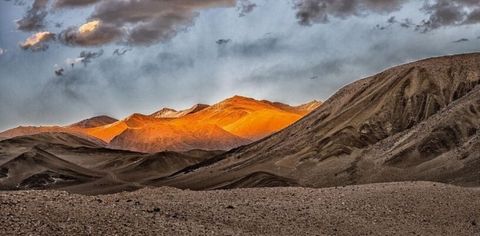
Most tourists head to Ladakh to conquer its terrain and witness its picturesque landscapes. But this cold, high-altitude desert is home to a wide variety of animals and birds too. Wildlife photographer, conservationist, and our A-List member captures the dazzling biodiversity of the region and makes a case for saving their dramatic habitat. Text and photographs by Latika Nath
Explore the ethereal beauty of Ladakh with Latika Nath
The first time I visited Ladakh was in the 1970s. It was enchantment at first sight. I have gone back many times over the years. After being house-bound for most part of the pandemic, I headed back to Ladakh once more, for a month. I needed to be in the mountains and assess what was happening there. Ladakh has some of the most breathtaking landscapes in the world. Majestic mountains soar into the sky suspended in blue—the lakes at their feet and wreaths of clouds at their summit. Amid the rocky outcrops are incredible birds and animals that are seldom seen.

I travelled across the mountains searching for species that I had only heard of. Two things struck me immediately: the misguided efforts to ‘green’ the valleys of Ladakh have been successful. The trees introduced have begun to change the microclimate, leading to increased humidity and rainfall. This is leading to invasive species taking over native vegetation, which, in turn, is affecting the wildlife. The second thing that struck me was the huge population of aggressive feral dogs around army camps. This is of great concern since these dogs are now forming packs and hunting wildlife, including species like bear, marmot, kiang, woolly hare, and even snow leopard.
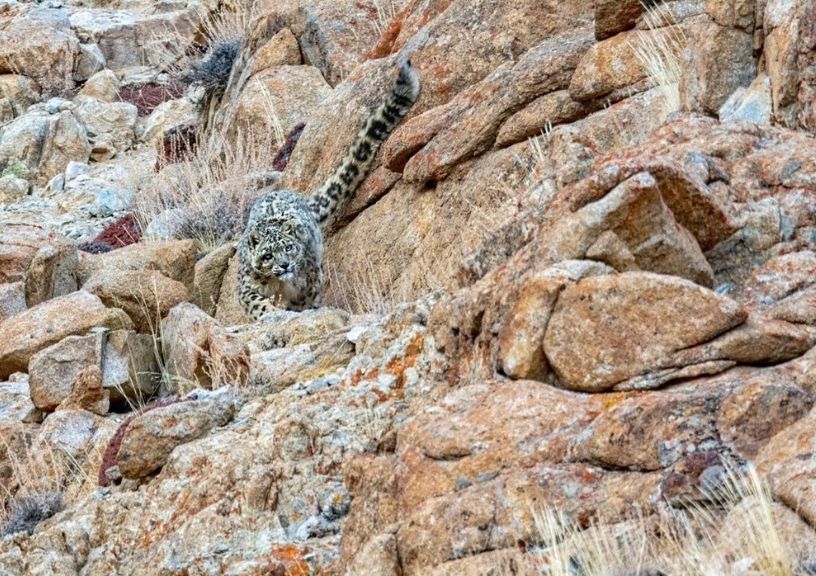
I also realised that there has been a huge increase in tourism to Ladakh—a direct impact of the restrictions on international travel. Extreme cold makes this a very fragile environment, and waste disposal is of concern. Equally essential is the need to understand that much of Ladakh is a cold desert and the water demand of tourism is putting pressure on scarce resources. I planned my travel around homestays with local communities, using this as an opportunity to learn about local culture, to enjoy their superb food, and to document their stories about the place and its wildlife.
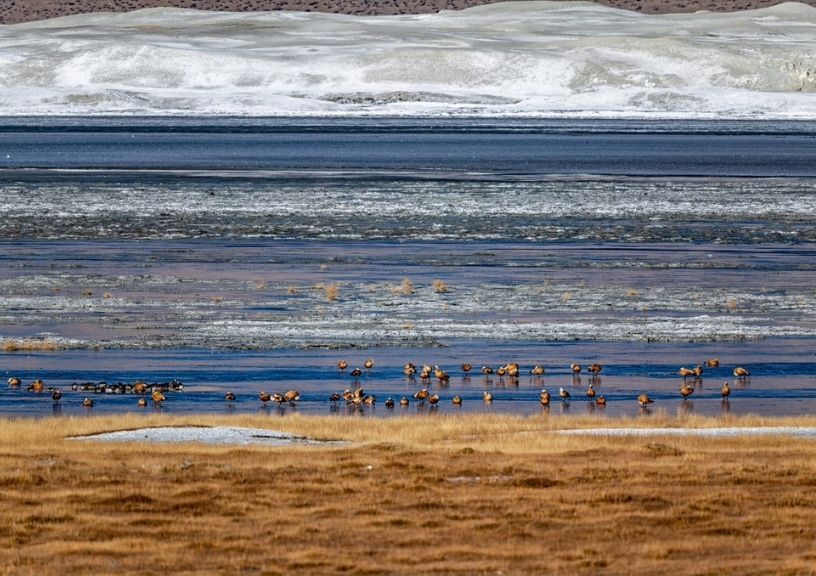
This photo series is an attempt to capture the beautiful biodiversity of Ladakh—from the big cats to the surefooted mountain goats, the mighty bears to the tiny marmots, and the plethora of migratory birds—so that we may do everything in our power to save them.
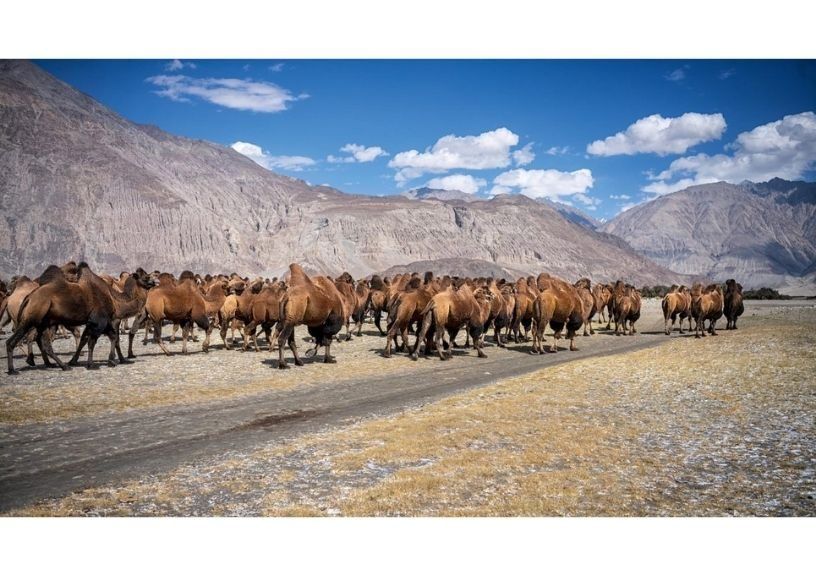
The trip took me from Wari La and Hunder Sand Dunes to the water bodies of Tso Kar and Tso Moriri. I visited Hanle, travelled across the UT to Dras, and explored the Batalik Sector, before heading to Ulley. There are now tunnels being made into Ladakh from Kashmir and Himachal Pradesh. This will make the region accessible by road throughout the year. The key to visiting Ladakh is to understand how essential it is to leave no plastics or non-biodegradable matter behind. Plastic and tetrapacks persist for years at high altitude, and on this trip, I saw many animals eating rubbish.
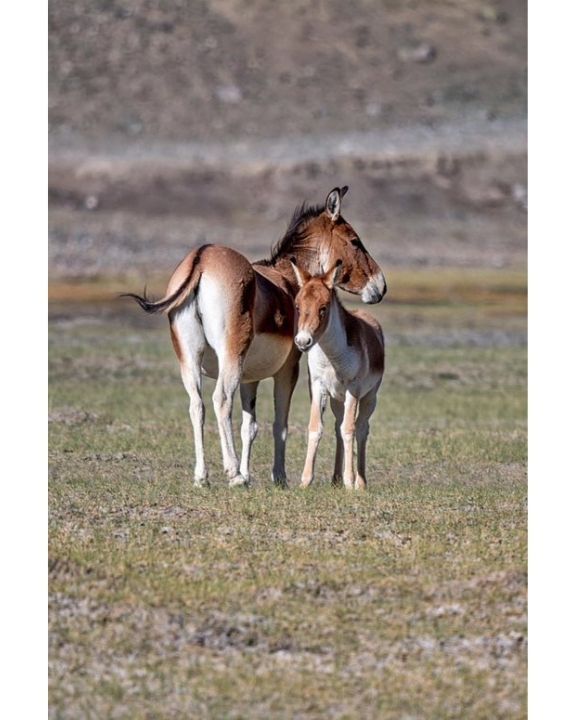
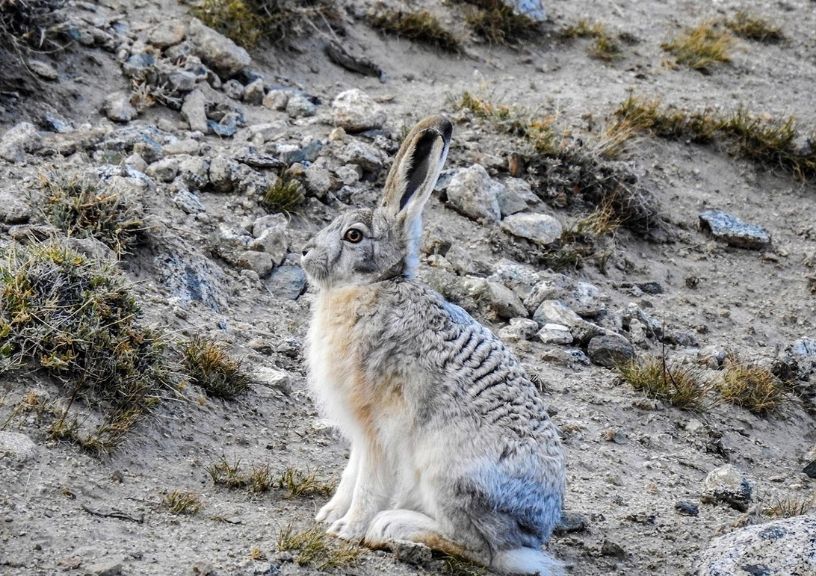
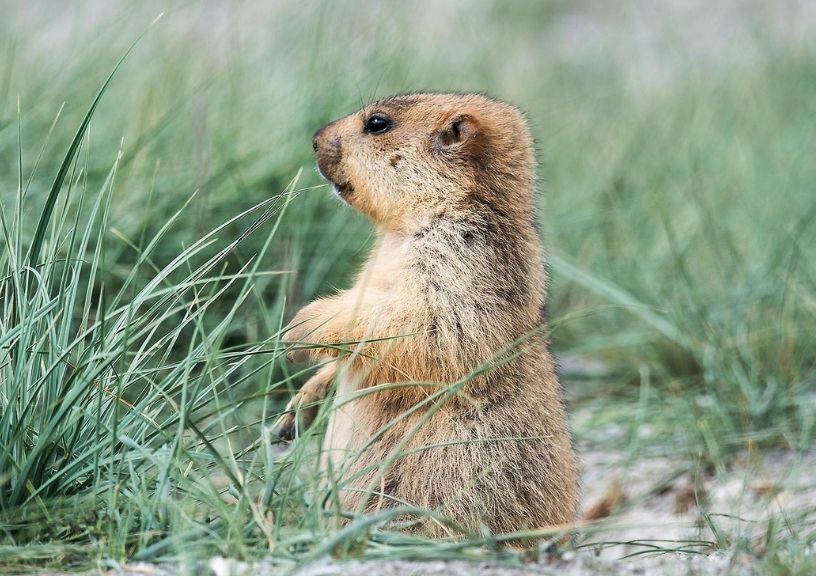
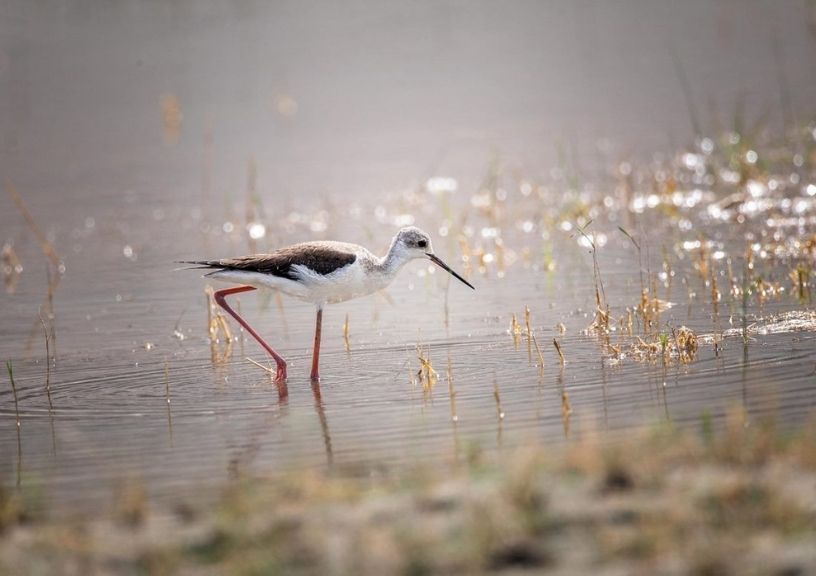
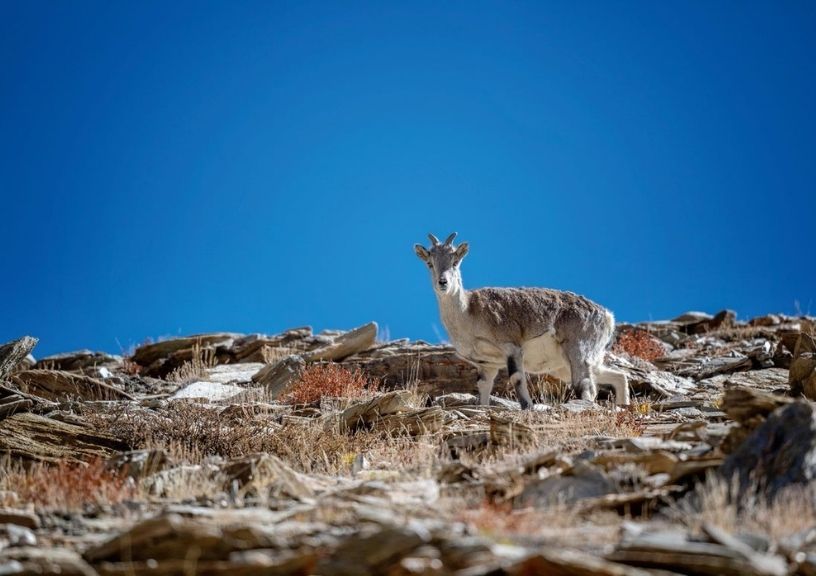


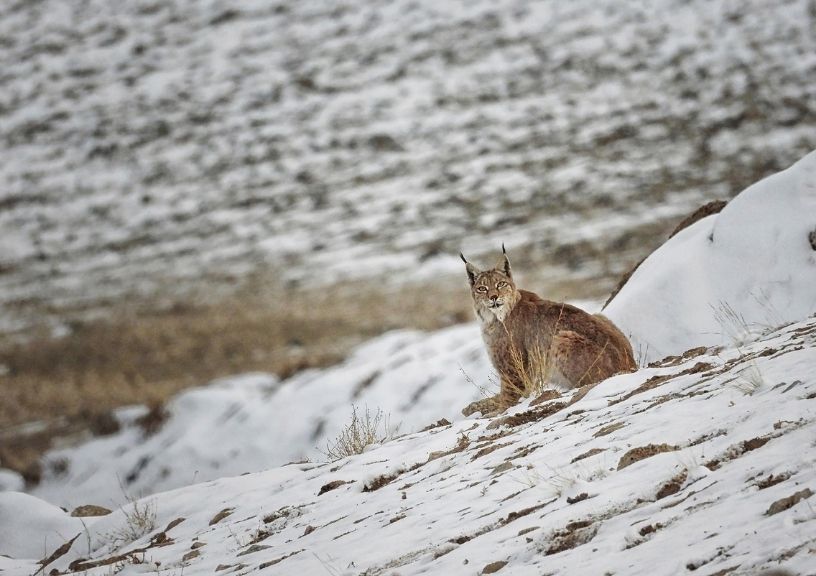
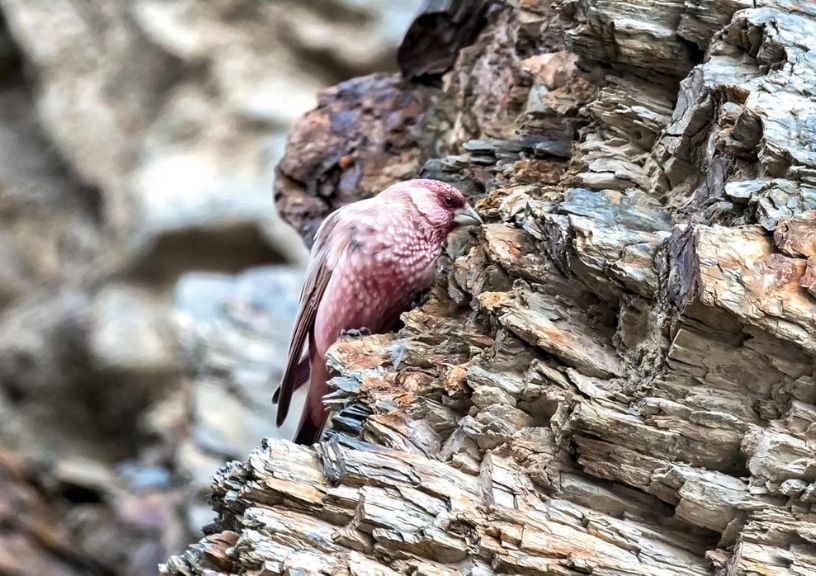
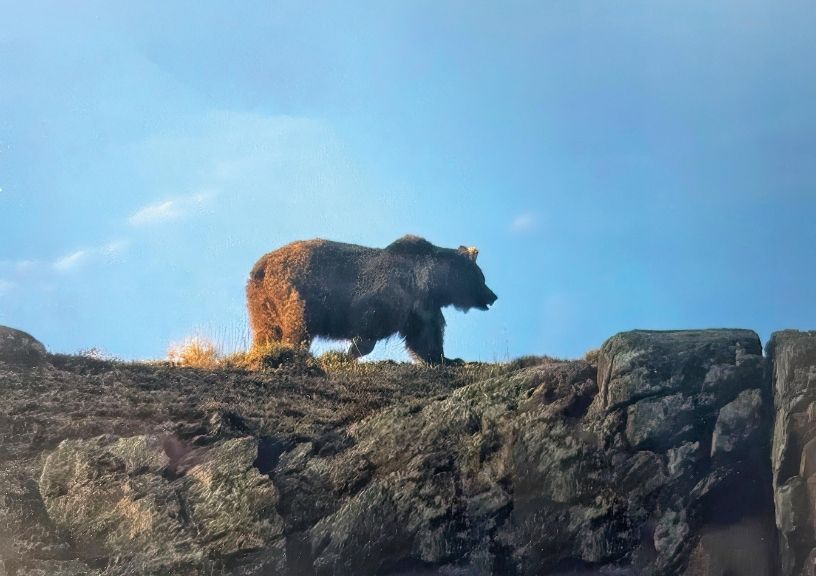
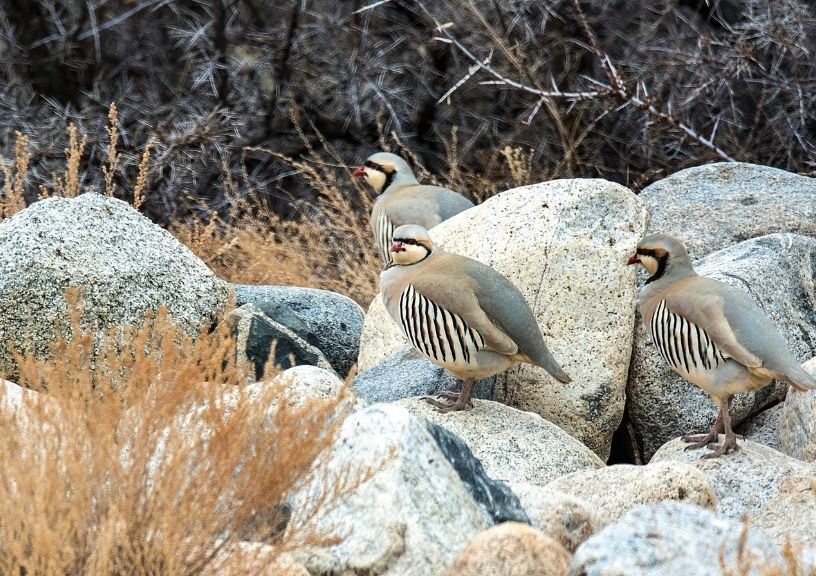
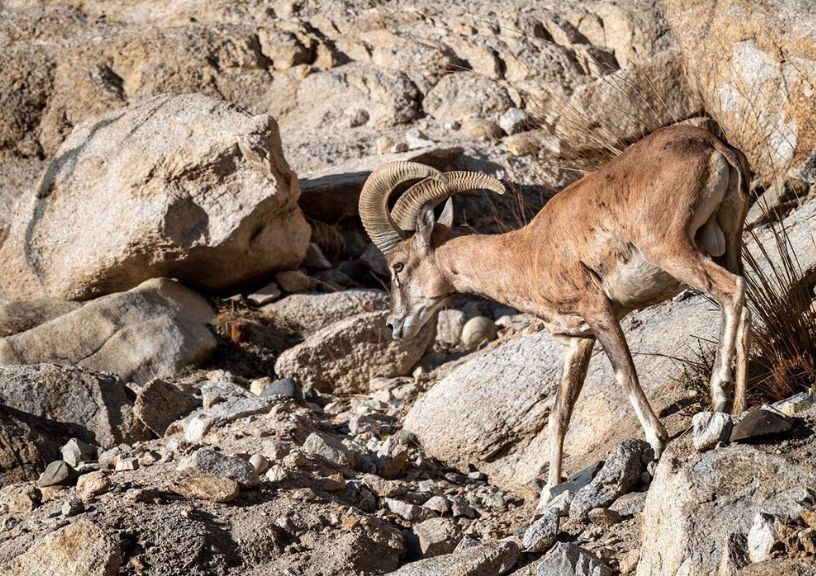

Related: Want To Go On A Safari But Don’t Want To Step Out? This Online Platform Offers A Virtual Safari










